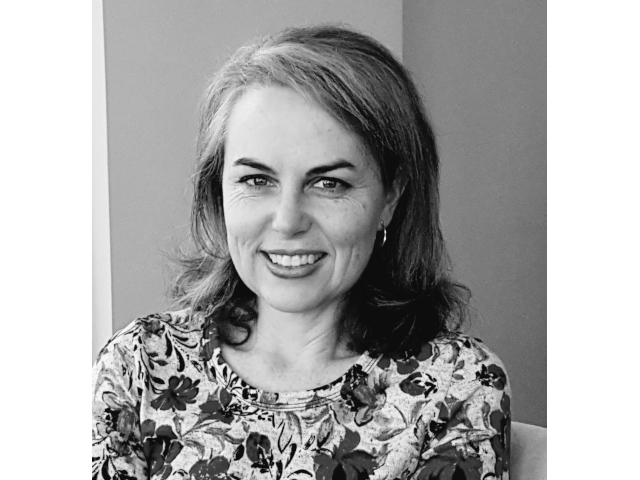By Susanna Ackermann, Head of education for Acer Africa
With a global health crisis going on, it is only natural to be focused on the present, but as the world begins to feel the beneficial results of the emergency measures against COVID-19, it is time to look to the future.
What will we have learnt from the pandemic when all is said and done? Will school ever be the same again now that this prolonged period of forced closure has pushed educators all around the world towards more extensive use of technology to grant their learners continuity in the face of adverse circumstances?
This is where blended learning comes in. A hybrid of in-person lessons and, remote learning. Blended learning is one of the many proposed models for the future of the technology-assisted classroom. Let us have a closer look at its definition and examine why COVID-19 may be the key trigger that pushes this model forward in schools worldwide.
Find your unique blend
Blended learning implies the combining of face-to-face classroom time, with activities which learners can access in a synchronous or a-synchronous way, via a safe platform, managed by the institution. Synchronous learning is similar to a virtual classroom where all learners connect at the same time via an online platform and the teacher teach as if they were in the classroom, whilst a-synchronous learning implies learners accessing learning material which is pre-recorded and available on demand via a dedicated platform. This model reduces physical attendance and enable institutions to create smaller groups that allow for appropriate social distancing. Moving beyond the lock-down it will be interesting to see how every school finds their unique blend of face-to-face teaching and online learning, with technology supporting the learning process more than ever.
This is what makes blended learning a viable, sustainable model for the future of education: the in-person and online components can be combined in any proportion, with neither being inferior or superior to the other when it comes to grading or evaluating classroom participation, and each learner can find a unique blend of the two that suits their own personal learning style best and adapts to their family situation and level of access to technology.
If there is one thing that the sudden, forced switch to remote learning brought to the surface, it will be that not all households are equally prepared to move to remote learning. With a personal device and a stable Internet connection as basic necessary requirements to participate, the digital divide between those who have and those who do not have, is wider than ever.
In some cases physical attendance remains the only option for minors living in a two- income household, who view school not only as a place of learning, but also as a safe space that provides adult supervision while both parents are working. Given this mixed situation, personalised blended learning that takes these factors into account is the ideal compromise for a post-pandemic society.
The world is your classroom
Let’s assume for a moment that connectivity as an enabler of blended learning will increase in future, and access to mobile devices further enhances access, as learners carry it with them most of day, what should we expect and be prepared for?
Connected learners will have more opportunities for collaboration, critical thinking and creativity through access to various platforms. This unfortunately also allows learners to be vulnerable to abusers of the Internet and care should be taken to prepare learners who are new to this environment by nurturing behaviour of keeping safe online, also referred to as digital wellness.
There will be a definite shift from memorising facts to nurturing skills to search, evaluate and aggregate relevant content, with the intention of applying new knowledge to real-life situations.
Teachers’ roles constantly change, and new expectations are created. Being mainly responsible for the facilitation of learning, a blended learning environment also requires teachers to curate and aggregate existing e-content to enrich the online learning experience. Teaching online requires teachers to learn new skills whilst providing guidance and support to learners.
There is also the possibility of learners taking increased ownership of their own learning when they are confronted with enriched online learning experiences, and still have access to face to face time with their teachers and peers.
We can therefore conclude that blended learning, as a proposed model for the future of teaching and learning has merit. What will take us there is not only technology, but mainly the attitudes of those using the technology. Charles Darwin captured it many years ago when he said:
“It is not the strongest or the most intelligent who will survive, but those who can best manage change.”





